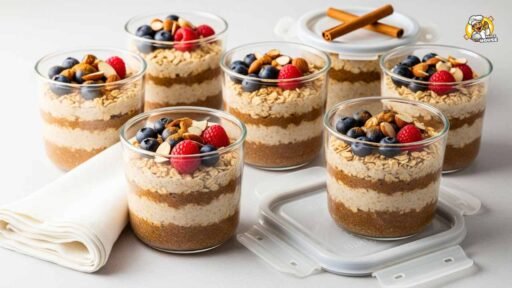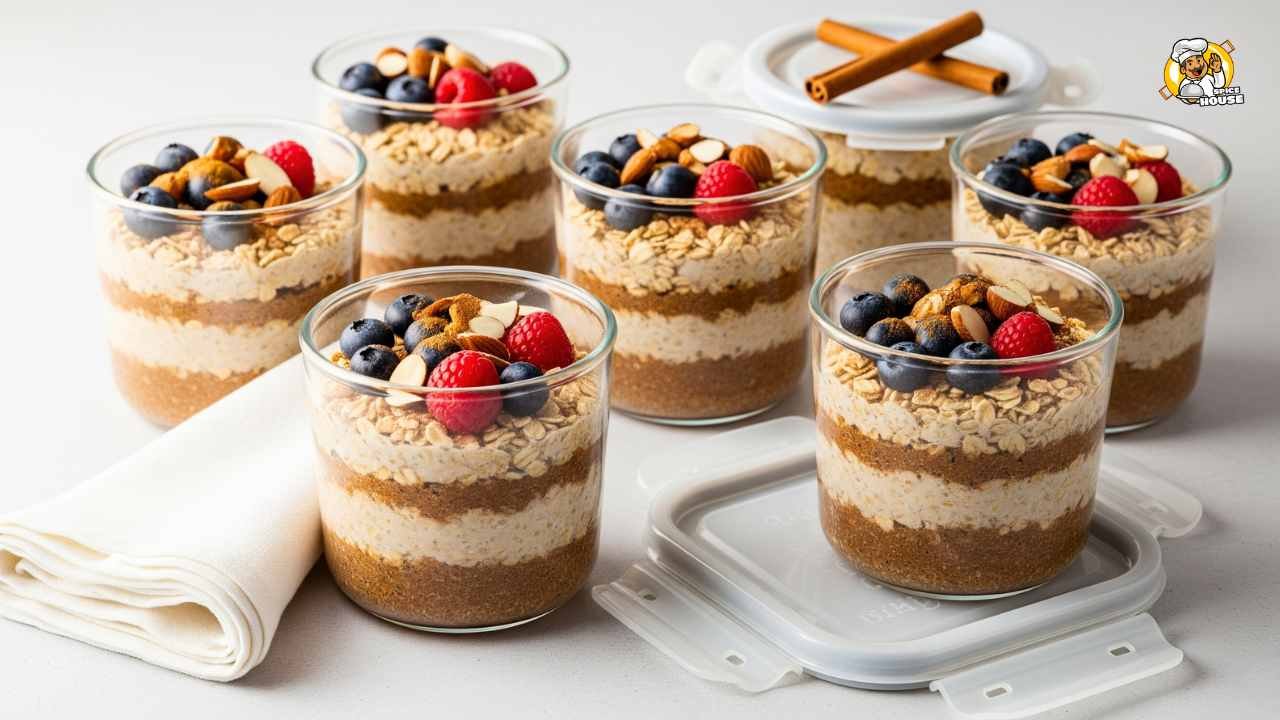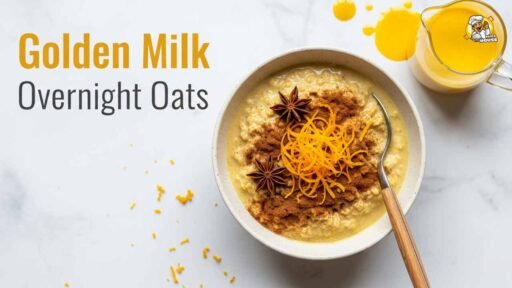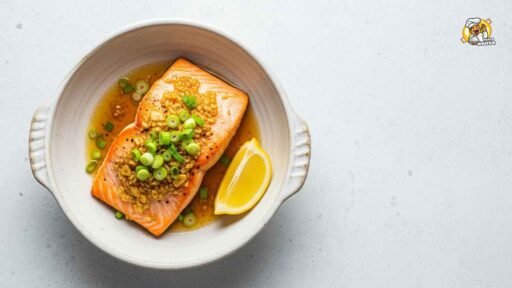Hard fact: Roughly 3 in 10 U.S. adults consumed more than 15% of their daily calories from added sugars in 2015–2018, significantly exceeding dietary guidance to stay under 10% of daily calories from added sugar, according to CDC researchers analyzing NHANES data.
Here’s the thing: at the same time, zero‑sugar products are growing fast, with global zero‑sugar drinks posting an estimated 10.6% year‑over‑year sales increase in 2024 and projected to compound at about 14.7% annually into the 2030s, signaling a consumer shift that’s now reshaping breakfast bowls as much as beverage aisles.
That tension—entrenched sweet habits vs. an accelerating no‑sugar wave—puts consumers rethinking routines, investors tracking reformulation costs and growth, and employees inside big food portfolios executing rapid product pivots with an eye on regulatory and wellness signals, not just flavor notes, sources say.
The Data
-
The World Health Organization recommends reducing free sugars to less than 10% of total energy intake for adults and children, noting additional health benefits below 5%, with “free sugars” including sugars added to foods and those naturally present in honey, syrups, and fruit juices, but not the sugars in intact fruits and vegetables or milk.
-
In U.S. surveillance, about 30% of adults were “high consumers,” taking in over 15% of calories from added sugars, with sweetened beverages alone contributing 42% of added sugars among the highest consumers—an unmistakable targeting cue for home cooks aiming to dial back sugar at breakfast and beyond.
-
Meanwhile, zero‑sugar beverage sales are surging, signaling durable demand for low‑ and no‑sugar options and reinforcing why building a no‑sugar breakfast plan—like a simple cinnamon and oat routine—aligns with macro trends rather than fighting them.
Cinnamon Oatmeal Meal Prep: Step by Step Guide
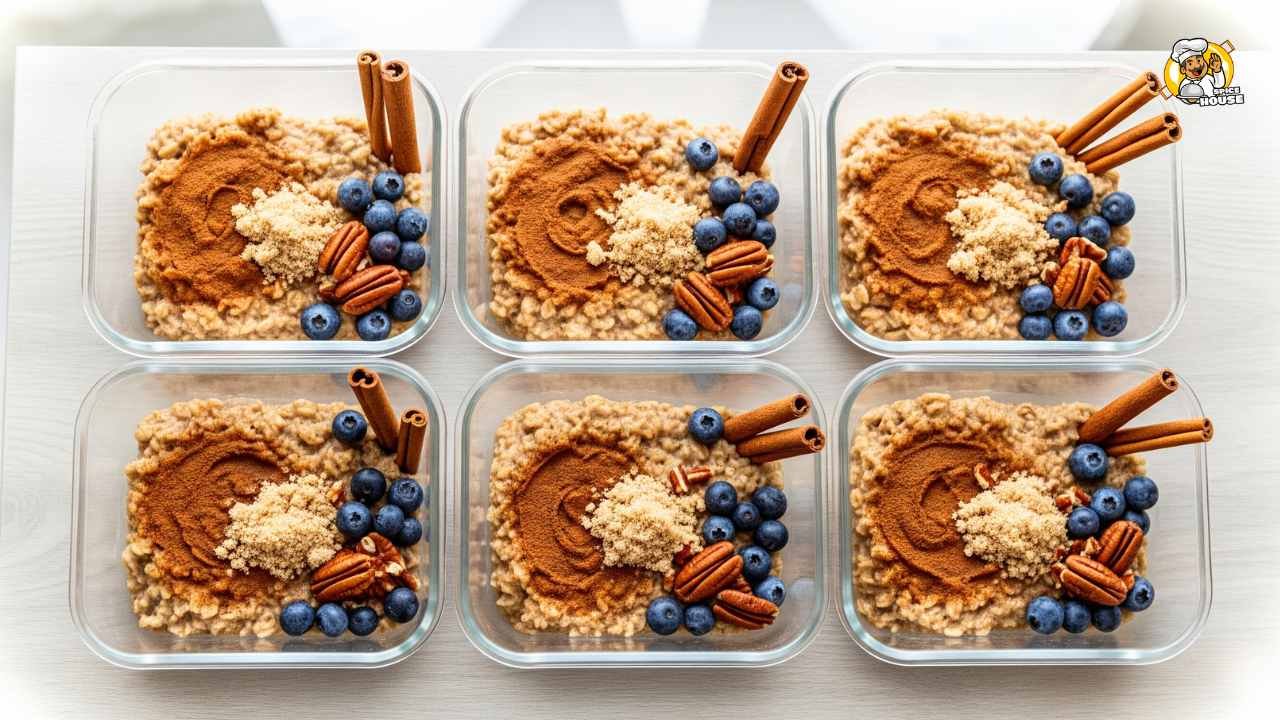
Direct answer: A practical no‑sugar meal prep plan begins with plain oats, stovetop or batch‑cooker methods, spice‑first flavoring, and safe storage for 3–4 days, using whole fruit and warm spices like cinnamon for sweetness without added sugar.
Pantry setup: choose your oats
1. Start with unflavored rolled oats for speed or steel‑cut oats for chew; either way, oats bring beta‑glucan fiber that can blunt post‑meal glucose and insulin spikes compared with many refined grains, which is helpful when the goal is a satisfying breakfast that doesn’t rely on sugar to feel complete.
2. Meta‑analyses and trials link oat beta‑glucan dose and molecular weight to meaningful reductions in post‑meal blood glucose responses, with higher‑viscosity beta‑glucans showing larger effects, which supports building a bowl where texture and fiber do the heavy lifting over sweeteners.
3. Keep the base plain—skip flavored packets—and layer flavor later, because “free sugars” from added sweeteners and juices are exactly what global and national guidelines flag, whereas intact fruit isn’t counted as free sugar in WHO’s framework, which helps clarify why whole fruit toppings fit the plan.
Quick pick list:
Oats: Rolled (fast), steel‑cut (chewy), or oat bran (extra beta‑glucan) to tweak texture and satiety without sugar.
Liquids: Water or unsweetened dairy/non‑dairy milk to avoid added sugar, keeping ingredient lists short and predictable in a weekly routine.
Batch Cook: Simple Methods And Timing
For rolled oats, use about 1 cup oats to 2 cups water or unsweetened milk, simmering 5–10 minutes until creamy; for steel‑cut, plan on 20–30 minutes or consider a pressure cooker to standardize texture for weekday portions without leaning on added sugars for consistency or taste.
Portion while warm into shallow containers so the center cools quickly, then chill promptly; general food safety guidance supports storing cooked leftovers for 3–4 days, which maps well to a Monday–Thursday breakfast cadence with a Friday freezer cushion if needed.
Aim for portion sizes that fit the plan—say 1 to 1.5 cups cooked—so fiber and viscosity carry sweetness perception when toppings arrive, a small behavioral nudge that reduces reliance on sweeteners and aligns with broader sugar‑reduction efforts now visible across the packaged food sector.
Storage and reheat:
-
Refrigerate leftovers 3–4 days; freeze for longer stints if the week goes off‑plan, using tight seals to curb freezer burn and texture loss.
-
Reheat to 165°F/74°C, stirring once to even out hot spots, which keeps the routine safe and predictable when mornings get busy.
Flavor Without Sugar: Spice‑First Builds
Lead with a full teaspoon of ground cinnamon per serving if the palate likes bold spice, then backfill with vanilla extract, ground ginger, or cardamom, because warm spices recruit aroma and trigeminal cues that read as sweet—even in the absence of added sugars.
Some clinical research suggests cinnamon can aid glycemic control and insulin sensitivity, but findings are mixed and product types vary, so treat it as a culinary ally first—not a therapy—and focus on flavor and ritual, not health claims that can overpromise in home kitchens.
For optional sweetness, use whole fruit—not juice or syrups—with WHO reminding that sugars in intact fruits aren’t “free sugars,” which keeps the plan anchored to guidance while still delivering perceived sweetness from bananas, pears, or thawed berries.
Topping ideas that keep added sugar at zero:
Sliced banana with cinnamon and toasted walnuts for fiber, crunch, and aroma‑driven sweetness that rides the line without tipping into syrups.
Thawed frozen berries mixed in warm oats for a jammy effect with no added sugar, leveraging fruit acids and aroma rather than sucrose.
Peanut or almond butter plus cinnamon and a pinch of salt, building creaminess and contrast that can register as sweet by comparison, no sugar needed.
Texture As a Sweetness Amplifier
Viscosity matters: the thicker the bowl, the more slowly flavors release, which can enhance the perception of sweetness from whole fruit and spices without adding sugar, echoing research that connects oat beta‑glucan characteristics with glycemic effects and satiety.
Oat bran or a blend of rolled plus steel‑cut oats builds chew and body, a small trick that often beats sugar in head‑to‑head taste tests at home because spoon‑feel and aroma step into the foreground when the matrix is robust.
Add crunch at service—nuts, seeds, toasted coconut flakes—to create contrast, since textural variety can boost flavor salience, making cinnamon feel louder and fruit seem sweeter without added sweeteners, a pragmatic sensory move more than a philosophical stance.
Weekly workflow: a realistic cadence
-
Cook a 4‑day base on Sunday night, chill fast in shallow containers, and stack portions for Monday through Thursday so nothing lingers beyond the standard 3–4 day refrigeration window commonly cited by food safety sources.
-
Keep a freezer buffer of two portions for Friday or emergencies, thawing overnight in the fridge, and reheat to 165°F/74°C with a splash of water or unsweetened milk to loosen texture without any sugar crutch when plans shift mid‑week.
-
And look, this smells like the kind of routine that sticks: low friction, no exotic products, built on oats with well‑characterized fibers and a spice rack that can do a lot of work without added sugar—or added cost of reformulated products—when consumer sentiment is already drifting toward cleaner labels and lower sugar.
The People
“We have solid evidence that keeping intake of free sugars to less than 10% of total energy intake reduces the risk of overweight, obesity and tooth decay,” said Dr. Francesco Branca, Director of WHO’s Department of Nutrition for Health and Development, underscoring why public guidelines and private strategies keep converging here.
On the corporate side, PepsiCo publicly committed to cutting added sugar in EU beverages by 25% by 2025 and 50% by 2030—an emblematic move for a portfolio that includes Quaker Oats—signaling that sugar reduction is not a niche trend but a mainstream operating mandate with timelines and KPIs attached.
Taken together, the public‑health stance and private pledges form a pincer that nudges both product makers and home cooks toward flavor strategies that aren’t sugar‑centered, where spices like cinnamon, texture, and whole fruit carry the morning routine.
The Fallout
Analysts now predict sustained growth in zero‑sugar categories across beverages and functional drinks, with the current cycle showing double‑digit momentum and long‑run CAGRs that would have sounded optimistic even five years ago, which puts pressure on adjacent breakfast categories to align taste profiles without added sugar.
That means R&D pipelines tilt toward sweet perception without sucrose—aroma systems, fiber matrices, and culinary cues like spice blends—while retailers push “better‑for” sets that shoppers already seek out, a dynamic NIQ has chronicled in wellness and clean‑label trendlines heading into 2025.
For households, the fallout is quieter but real: the fastest way to join the trend is not to wait for the next reformulation, but to run a home meal prep protocol that masters flavor without free sugars, using storage and reheat rules as rails and oats as the reliable, high‑fiber base.
Investor Angle and Category Ripple Effects
As oatmeal’s global market continues to climb from the low‑$7‑billion range with steady CAGRs, brand portfolios tied to oats stand to benefit from breakfast routines that prioritize fiber density and no‑sugar builds, especially if they layer in SKUs that favor plain bases over presweetened formats.
PepsiCo’s sugar‑reduction milestones create a read‑through for the broader packaged food landscape, because the costs and capabilities needed to cut sugar in beverages translate into a playbook for cereal, snacks, and breakfast platforms where sweetness must increasingly come from aromas, fibers, and fruits rather than the usual suspects.
The signal to watch is not just reformulation announcements but velocity shifts in plain vs. flavored oatmeal, plus attach rates of spice blends and unsweetened toppers—a small but telling metric suite that often leads the headline revenue curves by a quarter or two in evolving categories, sources say.
Practical Playbook: Putting It All Together
-
Step 1: Cook 4 base portions of plain rolled or steel‑cut oats on Sunday using water or unsweetened milk, then chill rapidly in shallow containers to set the week’s rhythm within safe time‑temperature windows.
-
Step 2: Pre‑mix a spice jar with cinnamon, a pinch of salt, and optional ginger or cardamom, so weekday assembly takes seconds and the sweetness readout comes from aroma and contrast without any added sugar.
-
Step 3: Top at service with whole fruit—banana slices, thawed berries, diced pear—because intact fruit sugars aren’t “free sugars” in WHO’s framework, keeping the plan consistent with guidance while still tasting like breakfast, not penance.
-
Step 4: Reheat to 165°F/74°C on busy mornings, loosen with a splash of liquid, and finish with nuts or seeds for texture and satiety that outcompete the urge to add sweeteners, day after day.
Risk Notes and Safe Use of Cinnamon
Choose Ceylon cinnamon when possible and use culinary amounts, because cassia cinnamon can contain higher coumarin levels, and sustained high intakes of coumarin may pose liver risks—another reason to view cinnamon as a flavor strategy, not a supplement.
While some studies suggest cinnamon may improve insulin sensitivity, the evidence base varies by preparation and dose, so stick to kitchen‑scale amounts and build sweetness via fruit, aroma, and texture rather than chasing therapeutic claims at the breakfast table.
When in doubt, prioritize the WHO sugar framework and the 3–4 day storage rule to keep both sugar exposure and food safety aligned with well‑established guidance, not Internet hacks.
A Note on Market Context: Oats and Beyond
Oatmeal sits at a sweet spot—high fiber, low fuss, and flexible—with global reports indicating steady growth into 2025, even as the broader “no‑sugar” movement surges most visibly in beverages before cascading into breakfast and snack sets.
It’s not a coincidence that consumer preferences highlighted by NIQ and others showcase low‑sugar, clean‑label cues, because those are the anchors a home routine can reproduce with a saucepan, a spice jar, and a fruit bowl without waiting for CPG innovation cycles to catch up.
In a market where zero‑sugar drinks sprint ahead and whole‑grain breakfasts grind forward, households that master no‑sugar oatmeal meal prep today are, in effect, front‑running the category playbook tomorrow—one cinnamon‑laced bowl at a time.
Closing Thought
If sugar‑reduction pledges and zero‑sugar sales trends keep compounding, will the next big breakfast win come from a lab tweak—or from a millions‑strong cohort perfecting cinnamon‑and‑oats at home before brands catch up?

